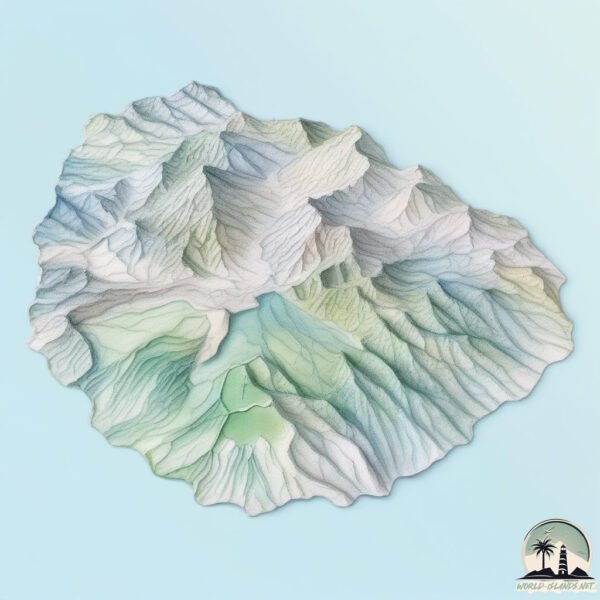Gomera

Welcome to Gomera, a Dry island in the North Atlantic Ocean, part of the majestic Atlantic Ocean. This guide offers a comprehensive overview of what makes Gomera unique – from its geography and climate to its population, infrastructure, and beyond. Dive into the details:
- Geography and Size: Explore the island’s size and location.
- Climate and Weather: Weather patterns and temperature.
- Topography and Nature: Uncover the natural wonders of the island.
- Infrastructure and Travelling: Insights on reaching, staying, and making the most of your visit.
- News and Headlines: Latest News.
Geography and size of Gomera
Size: 368 km²
Coastline: 93.4 km
Ocean: Atlantic Ocean
Sea: North Atlantic Ocean
Continent: Africa
Gomera is a Large Island spanning 368 km² with a coastline of 93 km.
Archipel: Canary Islands – A Spanish archipelago off the coast of northwestern Africa, known for their volcanic landscapes, unique ecosystems, and vibrant cultures.
Tectonic Plate: Africa – One of the world’s largest tectonic plates, covering the African continent and parts of the surrounding oceans, known for its stability with some active rift zones.
The geographic heart of the island is pinpointed at these coordinates:
Latitude: 28.11800452 / Longitude: -17.23250834
Climate and weather of Gomera
Climate Zone: Dry
Climate Details: Hot Semi-Arid (Steppe) Climate
Temperature: Hot
Climate Characteristics: Features hot summers and mild to warm winters. Receives more rainfall than hot deserts but less than tropical savannas, leading to a somewhat more varied landscape.
Topography and nature of Gomera
Timezone: UTC±00:00
Timezone places: Europe/Lisbon
Max. Elevation: 1382 m
Mean Elevation: 550 m
Vegetation: Shrubland
Tree Coverage: 31%
The mean elevation is 550 m. The highest elevation on the island reaches approximately 1382 meters above sea level. The island is characterized by Mountains: High, steeply elevated landforms. Characterized by both a high maximum elevation (over 500 meters) and a high mean elevation, creating rugged, mountainous terrains on islands.
Dominating Vegetation: Shrubland
Dominated by shrubs and small bushes, these areas are typical in dry, rocky, or sandy environments, as well as in regions with poor soil fertility. Gomera has a tree cover of 31 %.
Vegetation: 13 vegetation zones – Exceptionally Diverse Island
Islands with more than ten vegetation zones are among the most ecologically rich and varied in the world. These islands are akin to miniature continents, boasting an incredible array of ecosystems. The sheer range of habitats, from high peaks to deep valleys, rainforests to deserts, creates a mosaic of life that is unparalleled. They are crucial for conservation and ecological studies.
Infrastructure and Travelling to Gomera
Does the island have a public airport? yes.
Gomera has a public and scheduled airport. The following airports are located on this island: La Gomera Airport.
Does the island have a major port? no.
There are no major ports on Gomera. The closest major port is SANTA CRUZ DE LA PALMA, approximately 72 km away.
The mean population of Gomera is 70 per km². Gomera is Gently Populated. The island belongs to Spain.
The name of the island resonates across different cultures and languages. Here is how it is known around the world: Arabic: كومارا; Spanish: La Gomera; French: La Gomera; Portuguese: La Gomera; Russian: Гомера; Chinese: 戈梅拉岛
Continuing your journey, Tenerife is the next notable island, situated merely km away.
Spain is classified as Developed region: nonG7: Developed economies outside of the Group of Seven, characterized by high income and advanced economic structures. The level of income is High income: OECD.
News – Latest Updates and Headlines from Gomera
Stay informed with the most recent news and important headlines from Gomera. Here’s a roundup of the latest developments.
Please note: The data used here has been primarily extracted from satellite readings. Deviations from exact values may occur, particularly regarding the height of elevations and population density. Land area and coastline measurements refer to average values at mean high tide.
